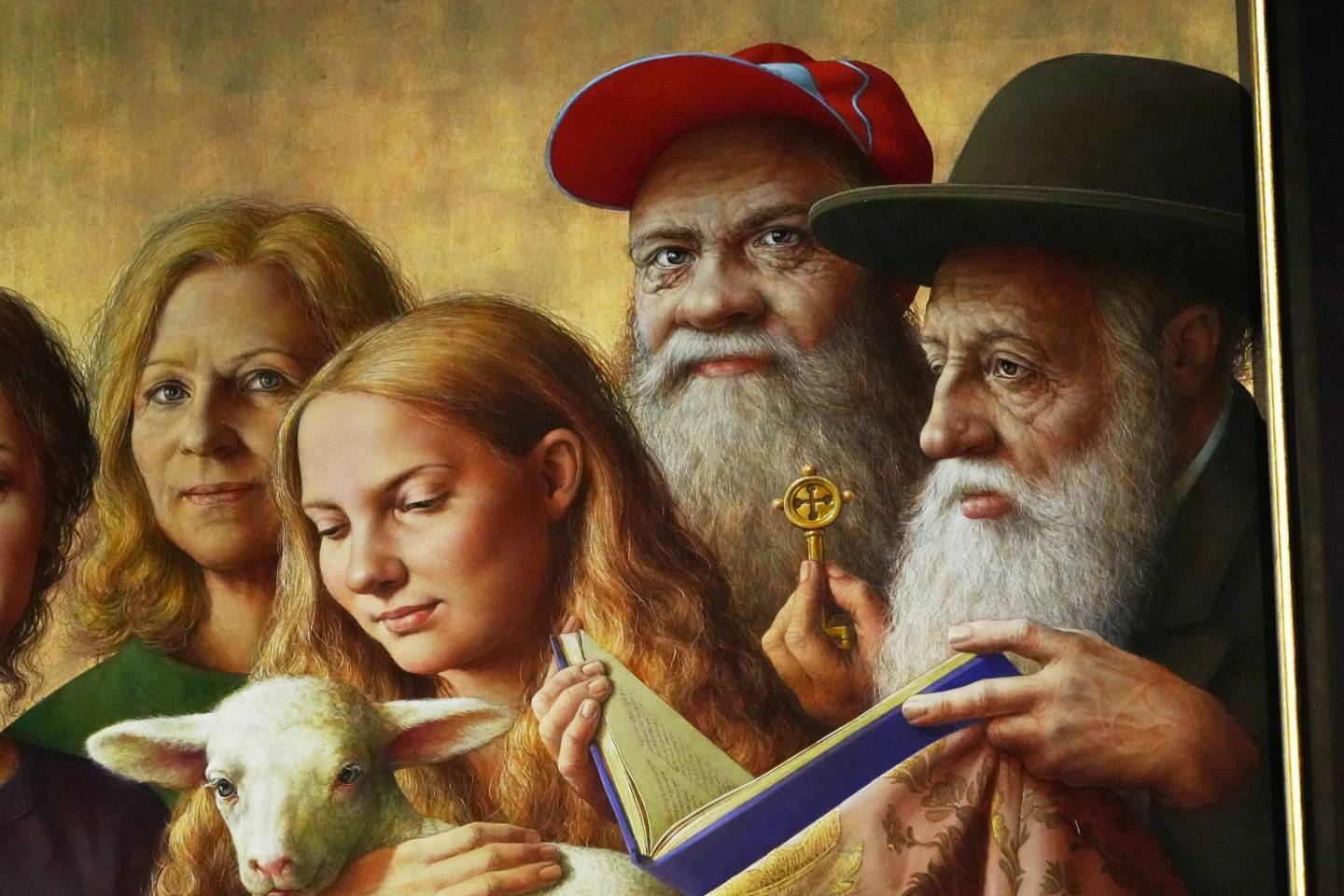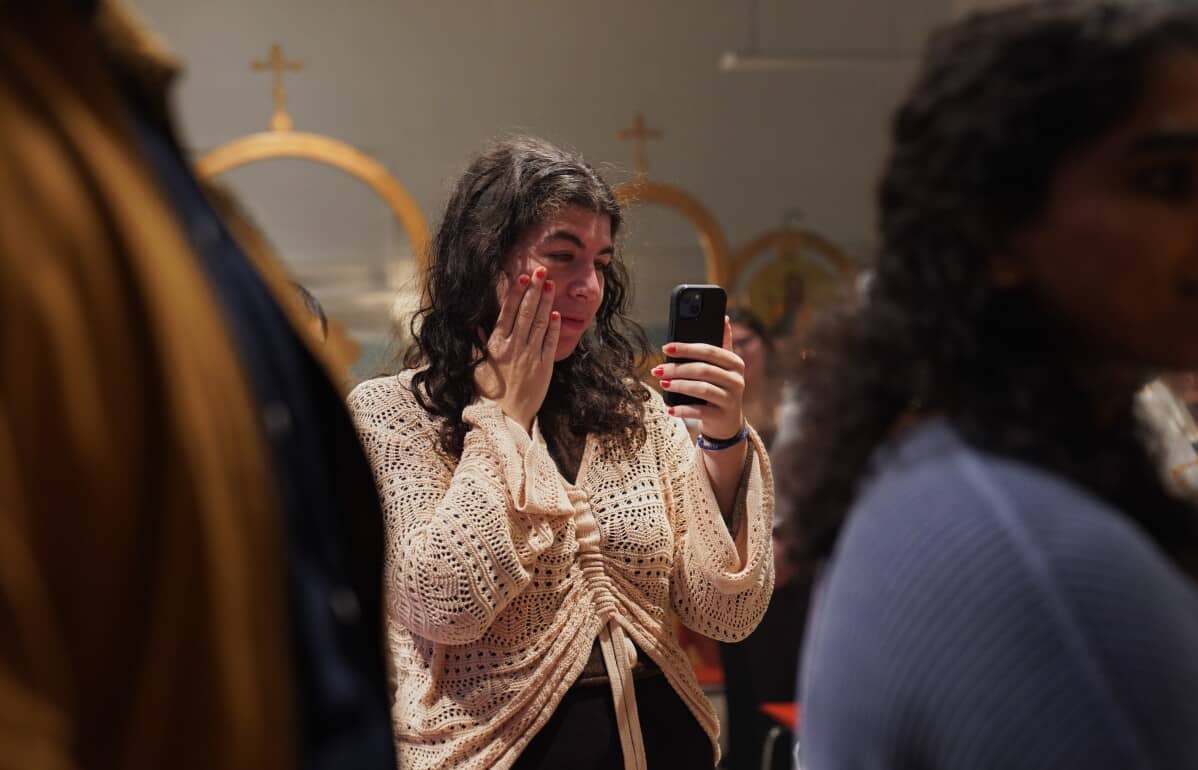In a secular age, believers need all the help they can get. In a culture that ignores God and the spiritual soul of humanity, the odds are against religious belief. For those who do believe – in spite of the odds – the upward task of believing is fierce and the journey is nonstop.
In the Church’s spiritual treasury, there are numberless spiritual means and resources to help believers in the fight. The vast majority of them were formalized in a different age, but they can be easily adjusted and applied to our own. Among the many gifts we’ve received, the Brown Scapular of Our Lady of Mount Carmel is singular in its ability to help us.
A “scapular,” taken from a Latin word meaning “shoulder,” consists of two pieces of cloth worn front and back over a person’s shoulders. When worn, the scapular can appear to be a small type of yoke, such as the yoke the Lord Jesus calls his believers to take upon themselves as they follow him.
Traditionally, the Brown Scapular has been seen as a sign of our baptismal consecration. It represents the garment we received at baptism, which itself symbolized our new life in Jesus Christ.
When worn attentively, therefore, the scapular has the ability of reminding believers of their belief in Jesus Christ, their dedication to him, and their decision to follow his way of life. When the struggles of faith, or the demands of discipleship, appear overwhelming, the scapular can be a small help in knowing of God’s presence, providence, and power among us. In a secular culture, such reminders are rare or obscured, and so any help along the way – even two small pieces of cloth – can be a consolation and encouragement to believers today.
The name of the scapular comes from the mountain range in the northern part of the Holy Land. The series of small mountains was known for its biblical prominence, especially in the infamous battle between the Prophet Elijah and the priests of Baal. In the encounter, God worked a strong miracle manifesting his majesty and strength.
Due to this biblical association, early Christian hermits were attracted to Mount Carmel to pray and seek the voice of God. In time, the eremitical group came to be called Carmelites. Eventually, they gave the Blessed Virgin Mary the title of the mount because of their prayers to her and her spiritual solidarity with them.
In time, the needs of the Church led the hermits to become mendicant friars, along with the Franciscans and Dominicans. With this expansion, the Brown Scapular grew in popularity, especially in its modified smaller form for believers who were not friars. In the course of time, the simple pieces of cloth came to be revered as one of the Church’s favored devotional practices.
When the scapular is worn with faith, it is meant to express and serve the interior faith of believers and their commitment to Jesus Christ. It is not jewelry or a good luck charm. It is not merely an heirloom of previous times.
The scapualr is a symbol of faith, and no scapular, or medal or other devotional item, however blessed and favored by the Church, can make up for a lack of faith. The religious object itself has no power, other than what our faith and the working of God’s grace gives to it. But there must be faith and an openness to God’s work among us.
The Lord Jesus warns us not to do things so as to be seen, just as he also calls us to share our faith with others. Admittedly, this calls believers to a delicate balance, especially when it comes to the Church’s sacramentals and devotional practices in the midst of a secular culture. When used with faith, the devotional practices of the Church can be a compelling sign to others, not only of the person’s own dedication to God, but of the invitation of God to all people to follow and believe in him.
In an age of aggressive secularism, the Church’s devotionals are a welcomed gift by believers. They can help us to remain steadfast in our faith and give a ready and peaceful witness to the reality of God in our world today.
Portions of today’s column were taken from my new book, A Journey to Mount Carmel (Sophia Institute Press).

















